Black Salt: From Mysterious Origins to Modern Kitchens – A Global Spice Adventure!
If you've ever tasted a dish with that mysterious umami kick and wondered, "What in the world is that?"—chances are, it might be black salt. But wait… before you imagine a dark, villainous version of regular table salt, let’s clear something up: black salt isn't just one thing. It's more like a spice-world umbrella term with regional twists, secret recipes, and cultural significance stretching across continents.
Table of Contents
- What Exactly Is Black Salt?
- Where Does Black Salt Come From?
- Types of Black Salt Around the World
- How to Use Black Salt Like a Pro
- Is Black Salt Healthy?
- Buying & Storing Tips for Black Salt
- Summary & Final Thoughts
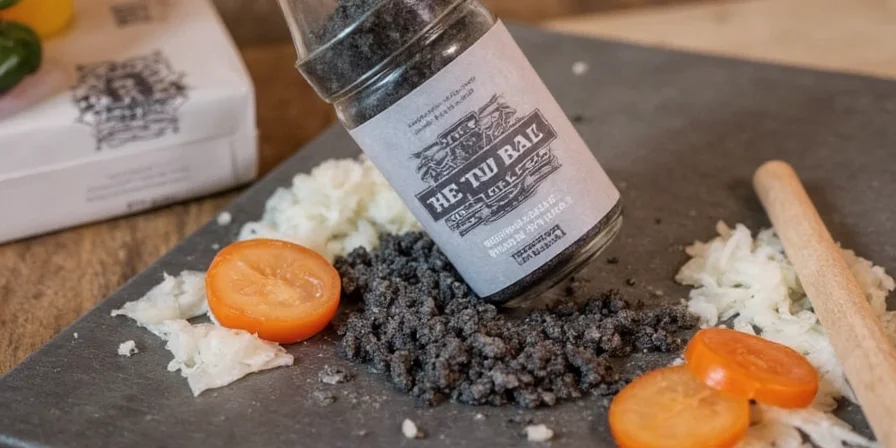
What Exactly Is Black Salt?
Let’s start with the basics: black salt is not always black, nor is it always just salt. In fact, depending on where you are in the world, “black salt” could refer to:
- Kala Namak (India) – Pinkish-black volcanic salt
- Szechuan Black Salt (China) – Brined and aged mineral-rich salt
- Hawaiian Black Lava Salt – Volcanic charcoal-infused sea salt
- Panama Black Salt – Rare smoked salt
So yes, black salt can actually look pink, gray, or even glittery under the right light. Go figure.
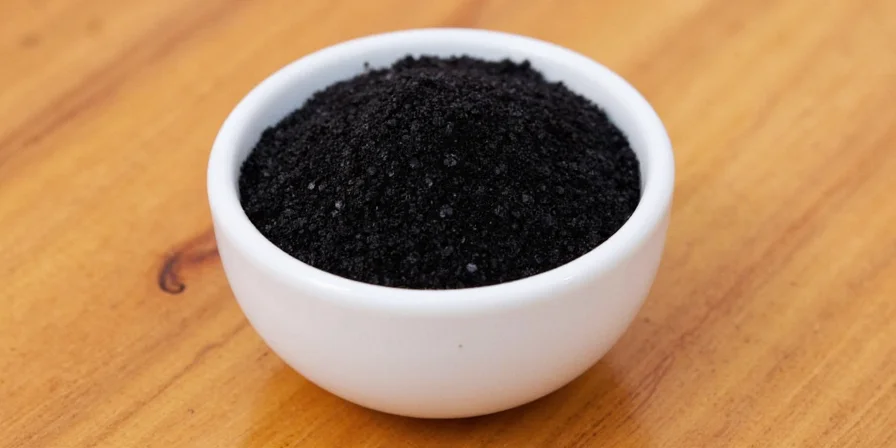
Where Does Black Salt Come From?
The origins of black salt are as rich and diverse as its flavors. Let’s take a global journey through time and geography:
| Region | Type of Black Salt | Historical Roots |
|---|---|---|
| India | Kala Namak | Used for centuries in Ayurveda; believed to aid digestion and reduce bloating. |
| China | Szechuan Black Salt | Made by boiling brine in iron pans, giving it a dark hue and unique flavor. |
| Hawaii | Black Lava Salt | Harvested from Pacific Ocean seawater mixed with activated charcoal. |
| South America | Amazonian Black Salt | Traditionally used by indigenous tribes for ceremonial and medicinal purposes. |

Types of Black Salt Around the World
Here’s your ultimate cheat sheet to different types of black salt and their culinary superpowers:
- Kala Namak (India): Smoky, eggy aroma perfect for chaat, vegan egg dishes, and summer cooling snacks.
- Black Lava Salt (Hawaii): Mild, earthy flavor with striking appearance—ideal for finishing dishes.
- Szechuan Black Salt (China): Mineral-rich and briny, used in pickling and seasoning street food.
- Amazonian Black Salt (Peru/Brazil): Slightly sweet and smoky; often used in beverages and healing rituals.
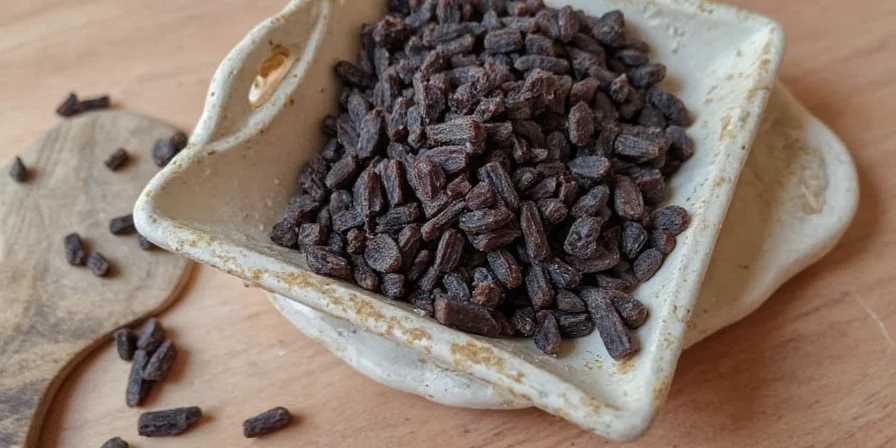
How to Use Black Salt Like a Pro
Ready to level up your kitchen game? Here are some pro tips to unlock the potential of black salt:
- Use Sparingly: Black salt is potent! Start small and adjust to taste.
- Add at the End: Especially true for Kala Namak—its volatile sulfurous compounds can dissipate when cooked too long.
- Perfect for Vegan Egg Dishes: Mimics the taste of boiled eggs in tofu scrambles and chickpea omelets.
- Boost Salads & Fruit: Try a pinch on watermelon, mango, or cucumber for an instant flavor upgrade.
- Cocktail Rim Magic: Mix with chili powder and lime zest for a smoky rim that’ll make your margaritas unforgettable.
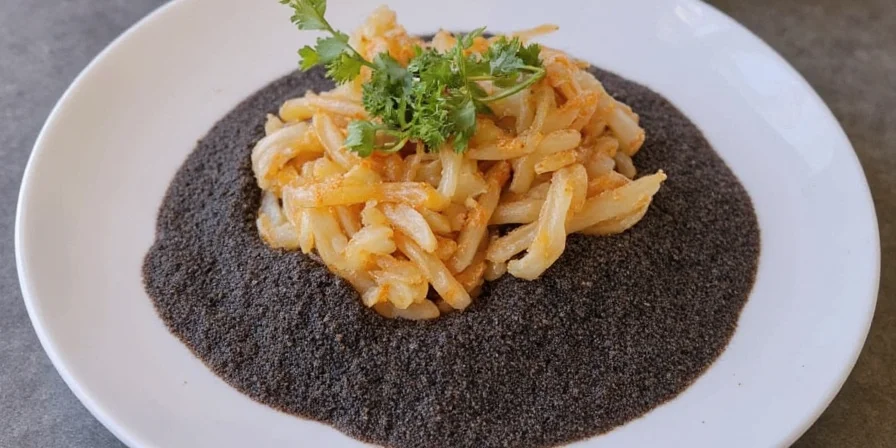
Is Black Salt Healthy?
Yes and no. Like all salt, moderation is key. But certain types—especially Kala Namak—have historical uses in traditional medicine:
- Rich in minerals like iron, calcium, and magnesium
- Believed to help with indigestion and bloating
- Naturally low in sodium compared to regular table salt
- No artificial additives (if sourced naturally)
However, it’s still salt. Too much can lead to high blood pressure or other issues. So, sprinkle smartly!

Buying & Storing Tips for Black Salt
Follow this quick guide to keep your black salt fresh and flavorful:
- Buy Whole or Ground? Whole black salt keeps longer and offers more versatility in texture.
- Check the Source: Look for organic or natural sources—avoid chemically enhanced versions if possible.
- Store in a Cool, Dry Place: Salt doesn’t go bad, but moisture can dull its flavor and texture.
- Use Non-Metal Containers: To avoid oxidation, especially for sulfur-rich varieties like Kala Namak.
- Grind Just Before Use: For maximum aroma and potency, use a mortar or hand grinder.
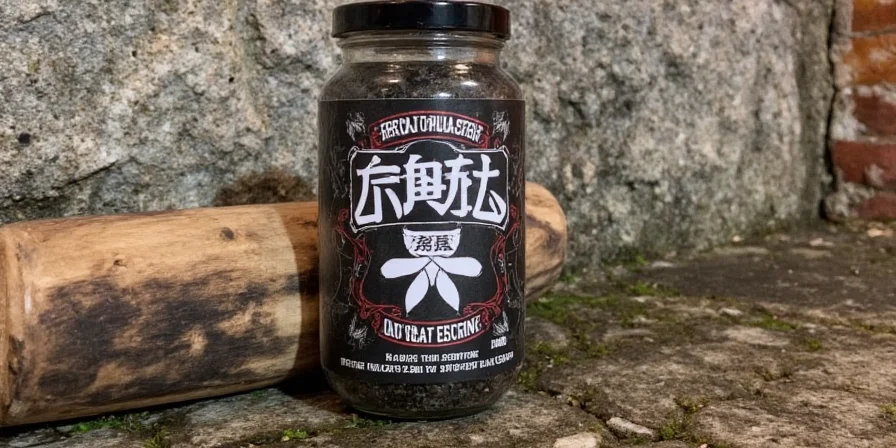
Summary & Final Thoughts
Black salt may sound like something out of a pirate’s treasure chest, but it’s actually one of the most fascinating and versatile ingredients in the global spice pantry. Whether it’s the smoky depth of Kala Namak, the visual drama of Hawaiian lava salt, or the subtle sweetness of Amazonian black salt, there’s a type for every palate and recipe.
Remember:
- Black salt varies by region and processing method.
- It’s not always black—but it’s always bold!
- Use it sparingly, finish with it, and store it properly.
Now go forth and season your world with a little darkness—and a lot of flavor!
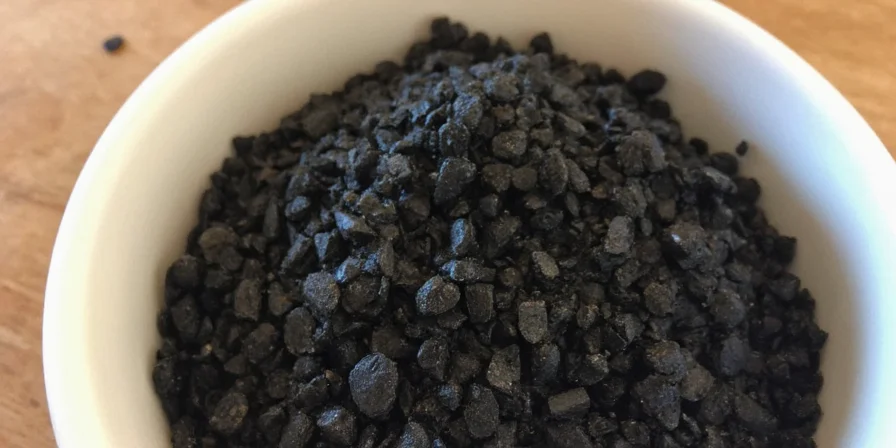
Black salt isn’t just a condiment—it’s a passport to global flavors, ancient traditions, and modern culinary creativity. From India’s kala namak to Hawaii’s black lava salt, each variety tells a story of culture, craftsmanship, and character. So next time you're looking to add a dash of intrigue to your dish, don’t reach for plain old salt—grab a pinch of black magic instead.










 浙公网安备
33010002000092号
浙公网安备
33010002000092号 浙B2-20120091-4
浙B2-20120091-4